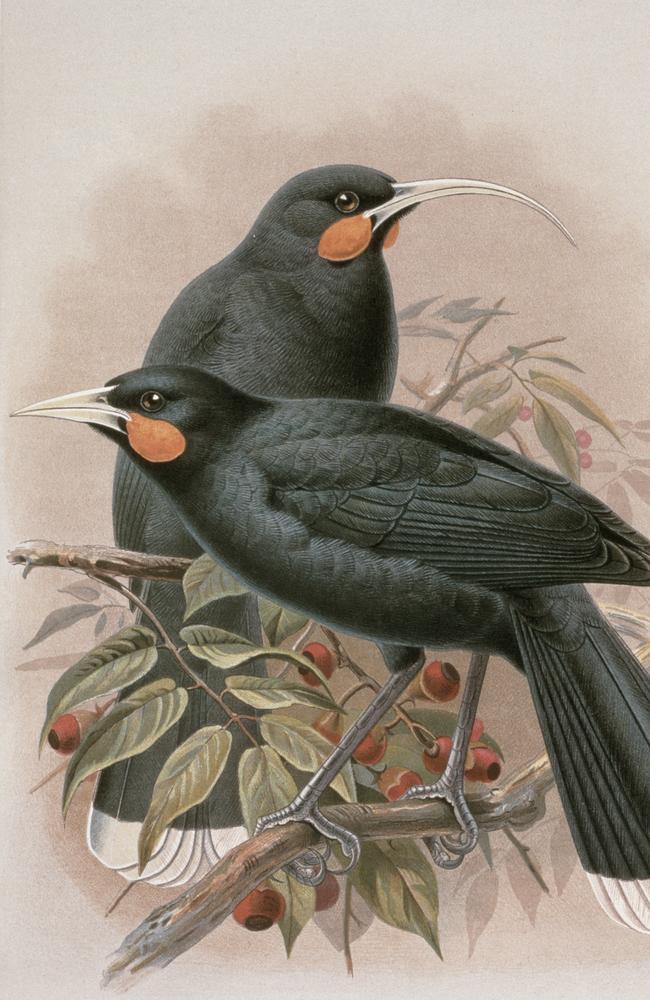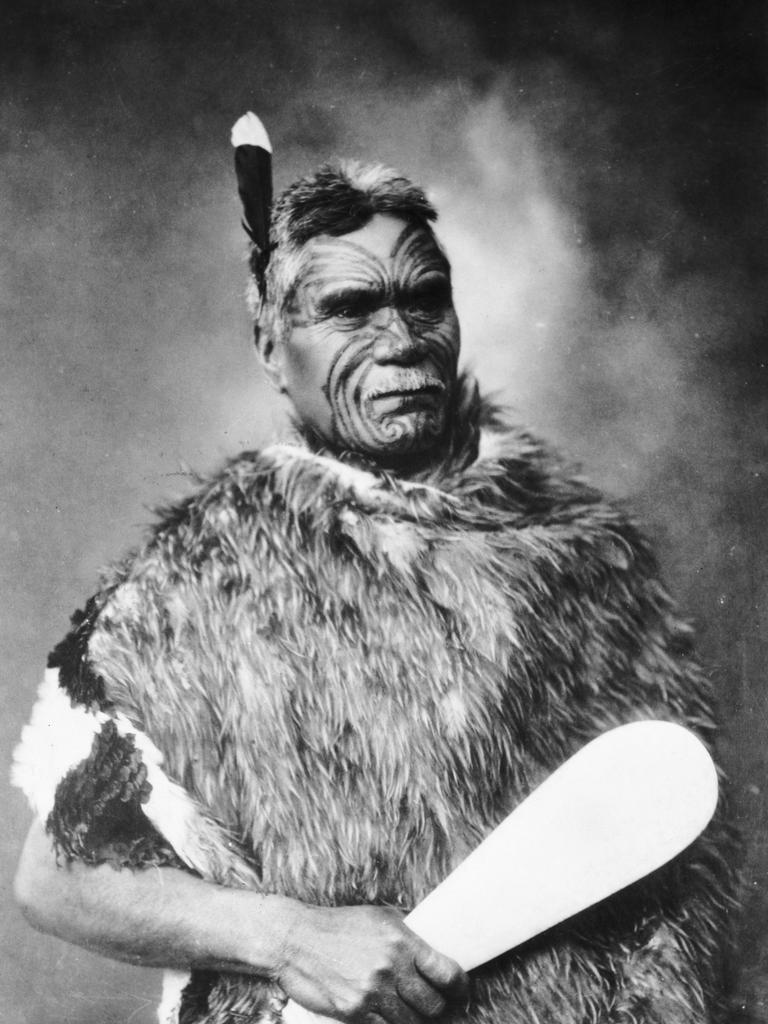World record price paid for a single feather
A rare feather from New Zealand’s extinct huia bird has been auctioned for a staggering $45k, setting a new world record.
A rare feather from New Zealand’s extinct huia bird has been auctioned for a staggering $46,521 (A$42,980), setting a new world record for the most expensive feather ever sold.
The huia, once a majestic singing wattlebird native to New Zealand’s North Island, was declared extinct in 1907 due to the introduction of predators, hunting, and deforestation.

On Monday, 116 years after the last confirmed sighting of the huia, Webb’s Auction House in Auckland hosted the historic sale of the single feather.
The feather originated from the bird’s tail and is dark brown with a distinctive white tip and a blue-green metallic sheen visible under certain lighting conditions.
Initially, the feather was estimated to sell for no more than $3,000 (A$2,766).

However, the auction exceeded all expectations, with the feather fetching $46,521 (A$42,870) and breaking the previous record of $8,400 ($7,746 AUD) set by another huia tail feather at Webb’s in 2010.
Leah Morris, Head of Decorative Arts at Webb’s, described the auction as “highly competitive”.
The winning bid came from a private collector, whose identity remains undisclosed.
According to Morris, the feather was in exceptional condition, far superior to any other huia feathers previously sold by the auction house.
The former owner had meticulously preserved the feather and decided it was “time to let it go” after it had been in his collection for an extended period.
“He also saw this as an opportunity for people to come and see the feather itself and engage with it, because not everyone gets to see a huia feather,” Morris explained to Stuff.


The feather is registered as a taonga tūturu (authentic treasure) with New Zealand’s Ministry for Culture and Heritage, signifying its tapu (sacred), mana (prestige), and mauri (vital essence) in Māori culture.
This registration ensures it can only leave New Zealand with official permission, safeguarding its cultural heritage.
Historically, huia feathers were highly valued by Māori, with rangatira (chiefs) and their whānau (families) wearing them to signify status.
European New Zealanders also came to see the huia as a symbol of prestige.
According to the Museum of New Zealand, the feathers of the huia bird were used for fashion accessories, and stuffed huia were displayed as decorations in wealthy homes.
Māori and European hunters massacred the birds in the 19th century, selling their skins to collectors and fashion merchants.
The feathers gained international fame after the Duke of York, later King George V, was photographed wearing one during his visit to New Zealand in 1901.
The huia, named for its distinctive distress call that sounded like “uia, uia, uia”.
While the last official sighting of a huia was in 1907, there were several credible but unconfirmed sightings in the 1920s.





